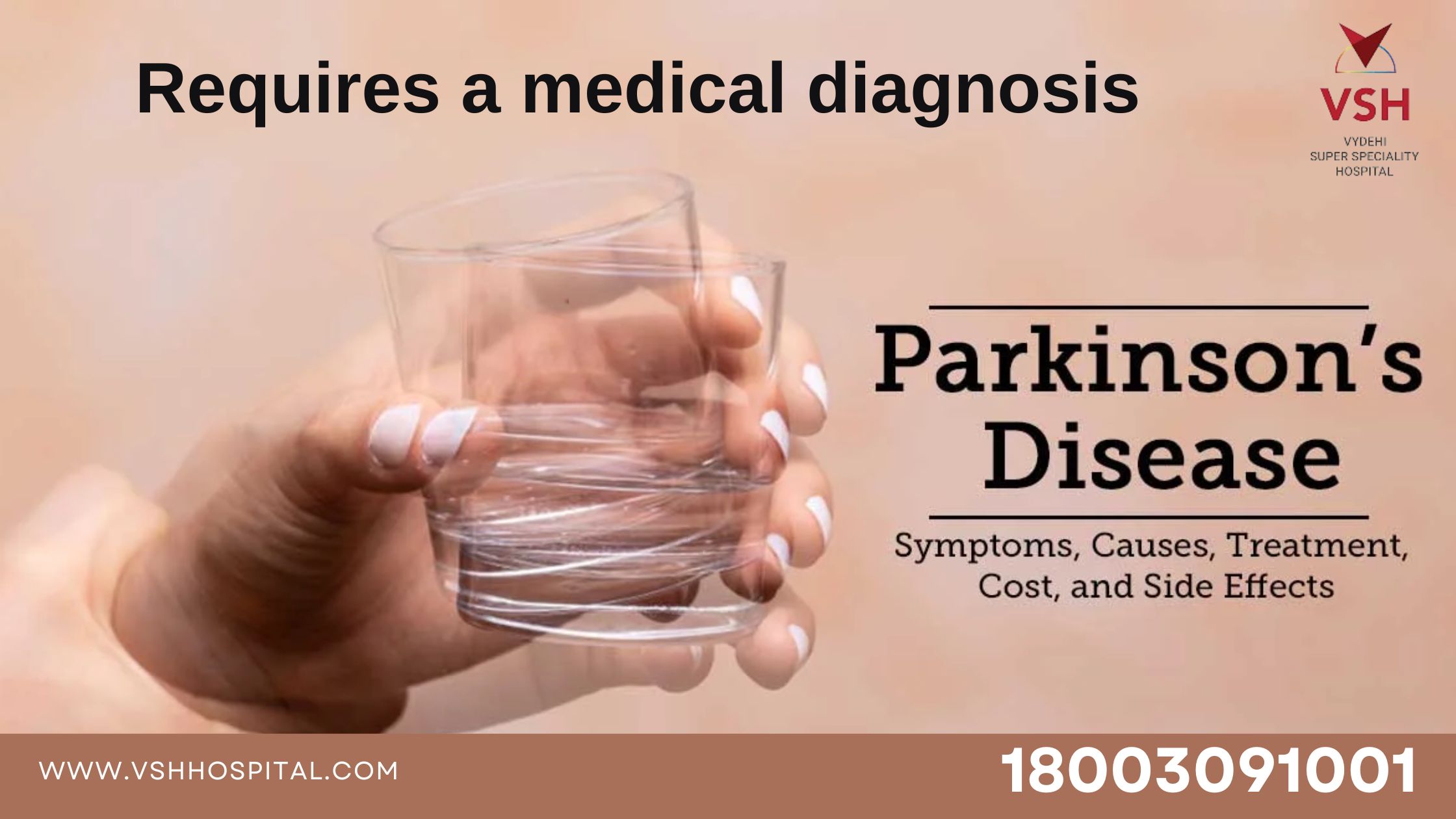
Understanding Parkinson’s Disease: Types, Symptoms, Stages, and Treatment
Parkinson’s Disease or simply Parkinson’s is a progressive brain condition that can affect the central nervous system. It is known to cause problems with movement, mental health, sleep, pain and other health issues.
Parkinson’s gets worse over time. Although there is no cure for the disease, its symptoms can be reduced with therapies and medicines. Read on to know about the causes, symptoms and treatments for Parkinson’s Disease.
What is Parkinson’s Disease?
Parkinson’s disease is a neurodegenerative disorder that affects the dopamine producing neurons in the substantia nigra area of the brain.
What is the life expectancy of Parkinson’s Disease?
- Most people with Parkinson’s disease can expect to live a normal or near-normal lifespan.
- Treatments and medications are available to help manage symptoms and improve quality of life.
- Life expectancy can be influenced by factors such as the type of Parkinson’s disease, age of onset, and access to healthcare.
- Parkinson’s disease itself does not directly cause death, but complications such as infections and falls can be fatal.
- Advances in treatment have led to a normal or near-normal life expectancy for most people with Parkinson’s disease.
- While Parkinson’s disease can strain the body and make individuals more vulnerable to serious infections, available treatments can help reduce symptoms and maintain quality of life for as long as possible.
What are the symptoms/stages of Parkinson’s Disease?
Parkinson’s disease progresses through stages, and each stage has its own set of symptoms.
Here’s a simplified breakdown of the stages:
Stage 1: Mild symptoms, such as tremors or shaking in one hand, changes in posture, and facial expressions.
Stage 2: Moderate symptoms, including more noticeable tremors, stiffness, and trembling, changes in facial expressions, and no balance impairment.
Stage 3: Middle stage, marked by impaired balance, slower movements, and falls becoming more common.
Stage 4: Severe symptoms that affect quality of life, difficulty walking, and muscle stiffness prolonging task completion.
Stage 5: Uncontrollable shaking or tremors, lack of coordination, and speaking difficulties.
What are the types of Parkinson’s Diseases?
There are different types of Parkinson’s disease, each with its own characteristics:
- Idiopathic Parkinson’s: This is the most common type, and the cause is unknown. It includes the typical symptoms of Parkinson’s, such as tremors, slow movements, trouble balancing, and rigid muscles.
- Juvenile Parkinson’s: This is a rare condition that starts before the age of 21. If it appears before the age of 40, it’s referred to as young-onset Parkinson’s. It is more likely to be associated with genetic causes.
- Drug-Induced Parkinsonism: This is the second most common cause of parkinsonism and is caused by certain medications.
- Atypical Parkinsonism: This includes other forms of parkinsonism, such as atypical parkinsonian disorders, which can have symptoms similar to Parkinson’s but may not respond well to typical Parkinson’s medications.
Dietary Recommendation for People with Parkinson’s Disease
For people with Parkinson’s disease, specific dietary recommendations can be beneficial:
- A diet rich in whole grains, fruits, vegetables, and protein can improve health.
- Foods high in antioxidants and omega-3s, like spinach, salmon, and nuts, may help manage symptoms.
- Correcting nutrient deficiencies, such as iron and vitamins, is important.
- Choosing easy-to-chew and swallow foods and working with a speech language therapist can be helpful.
- Limiting processed foods and seeking reliable dietary information from healthcare providers and local resources is recommended.
What are the Treatments for Parkinson’s Disease?
There are several medications available to manage Parkinson’s disease. However, they must not be used without professional advice. If you or a loved one is considering treatment for Parkinson’s disease, it’s important to seek professional help. Medical treatment may be recommended to manage Parkinson’s disease symptoms. Deep brain stimulation (DBS) is a surgical procedure that involves implanting electrodes in the brain to help control tremors and other symptoms.
- Physical Therapy: Physical therapy can help improve balance, flexibility, and mobility in people with Parkinson’s disease.
- Occupational Therapy: Occupational therapy can help people with Parkinson’s disease maintain their independence by teaching them how to perform daily tasks more easily.
- Speech Therapy: Speech therapy can help people with Parkinson’s disease improve their speech and communication skills.
- Complementary Therapies: Complementary therapies, such as exercise, diet, and supplements, can also help manage Parkinson’s disease symptoms.
We at VSH Hospital understand that there is no one-size-fits-all treatment for Parkinson’s disease. Rather, treatment should be tailored to an individual’s symptoms via a shared decision-making process.
Our comprehensive neurology services, including personalized treatment plans, aim to provide the support and care you need. From medications to therapies and complementary medicine, we are here to help you manage the symptoms of Parkinson’s disease. Book an appointment today to learn more about how we can support you in the fight against Parkinson’s.
Also Read: Understanding Dementia: Types, Symptoms, Stages, and Treatment
Best Neurologist Hospital












